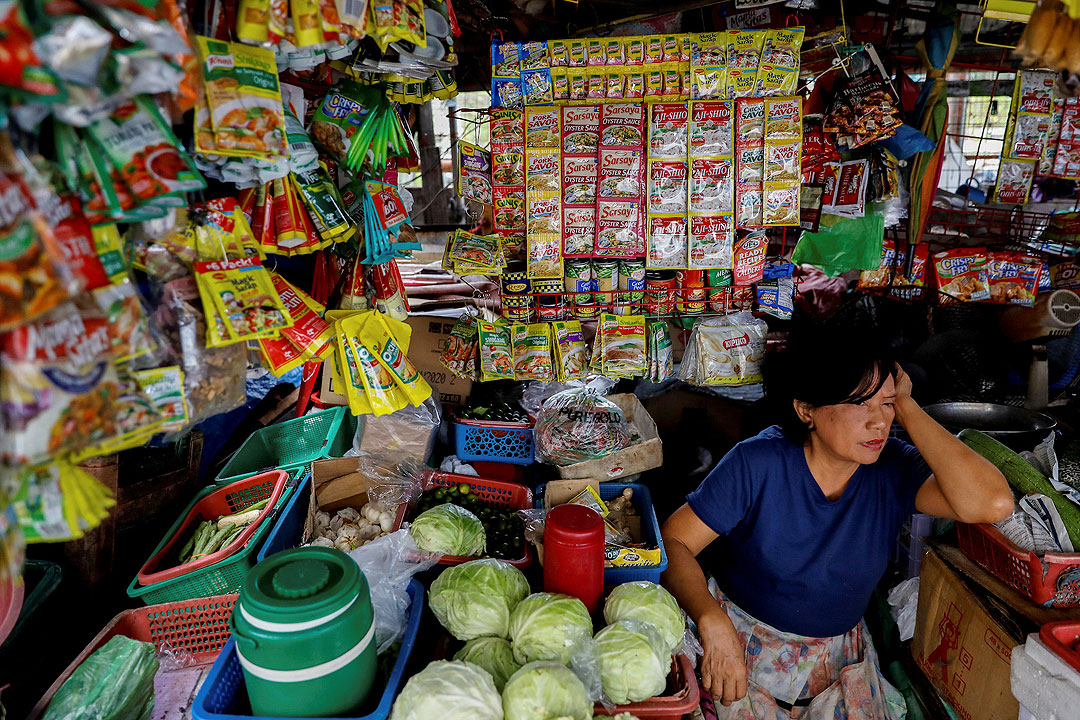
A SUBSTITUTE House bill extending by 10 years the lending quota for micro, small and medium enterprises (MSMEs) and de-emphasizing the need to provide collateral is currently awaiting plenary discussion.
House Bill (HB) No. 10049, which remained with the House Committee on Rules as of last week, seeks to further support the growth of MSMEs with new chapters and revisions to Republic Act 6977, or the Magna Carta for MSMEs law.
The amendments seek to address the mandatory allocation of credit resources to MSMEs by lending institutions, which had expired in June 2018.
“There is the need to strengthen and enhance the financing and other support programs for MSMEs,” according to Misamis Oriental Rep. Christian S. Unabia, who chairs the House Committee on MSME development.
Mr. Unabia told BusinessWorld in a Viber message that the amendments specify that lending institutions should “allocate 10% of their total loan portfolio” for MSMEs for an additional 10 years, stipulating however that “only a maximum of 3% thereof shall be the allocation for medium enterprises.”
The amendments also require lending institutions to “actively support and participate in programs” that could enable the growth of MSMEs.
“Lending institutions shall also adopt cash flow-based lending which places emphasis on the capacity to pay of an MSME rather than collateral,” according to a proposed amendment.
The bill also requires the government to offer “at least 20%” of “procurement opportunities for goods and services” to MSMEs.
Selected government facilities are also required to provide eligible MSMEs with 1% of their physical space to market their products and services.
The proposed law also encourages privately owned malls and supermarkets to provide free space or allocate at least 20% of their rentable space to eligible MSMEs, with a 20% rent discount.
MSMEs account for 99.59% of all business establishments, according to the Philippine Statistics Authority.
They accounted for 5.6 million jobs or 65.10% of the workforce. — Kenneth Christiane L. Basilio



